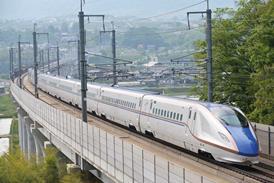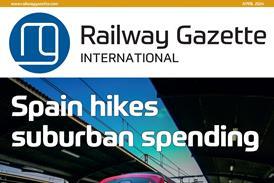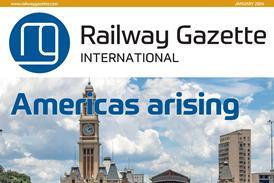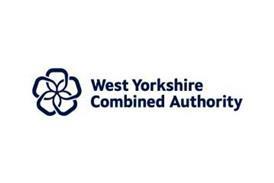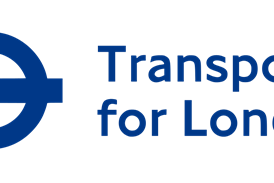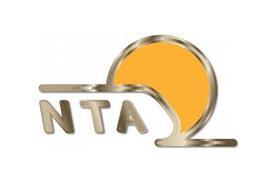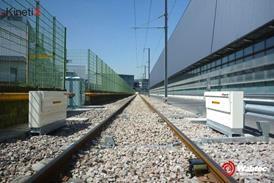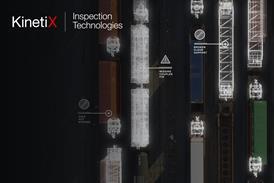UNTIL RECENTLY ProRail planned switch and crossing maintenance on the basis of elapsed time or reported defects, but the Dutch infrastructure manager has changed to a condition-based regime in order to maximise availability and reliability while minimising costs and possession times.
This requires an understanding of the usage and loads to which each switch and crossing is subjected. AEA Technology Rail BV was commissioned to develop a monitoring system which would make the key information available to ProRail’s maintenance planners.
AEA has previously worked with ProRail on all aspects of its rail systems, gaining a detailed insight into the client’s way of working. As with most railways, ProRail is a data-rich but sometimes information-poor environment, and rather than develop a new monitoring system (and increase the mountain of data), AEA decided to adopt ’smart management’ of existing information.
Degradation is not simply a function of the switch movement; the passed tonnage is also important. ’From our international research work on rolling contact fatigue and railhead damage, we have found that axleload, train speed and wheel quality are very important to predict switch degradation’, says Peter Boom, Senior Consultant at AEA.
ProRail’s traffic control centre provides details of train services and route settings, from which AEA is able to calculate the use of each individual turnout. There had previously been no distinction in the maintenance regime between lightly and heavily-used turnouts, but these calculations found that almost half were rarely used while 10% were very heavily used.
ProRail has a network of 37 axleload monitors which record the weight, speed and wheel quality of passing trains, producing data needed to determine the track access charges paid by individual train operators. AEA combined this with the traffic data, and extrapolated the results to calculate utilisation figures for all the turnouts and tracks on the network. The model takes train composition into account, and differentiates between passenger and freight trains.
The information had to be presented in a format that facilitates decision-making by maintenance planners. Every turnout was allocated to one of six categories from slightly-used to heavily-used, and the details made available online in combination with SAP-based asset information.
It took six months to develop the system from proof of principle to full-roll out. It is now used by all ProRail’s central and local maintenance planners and asset managers, giving a strong push towards condition-based maintenance.


